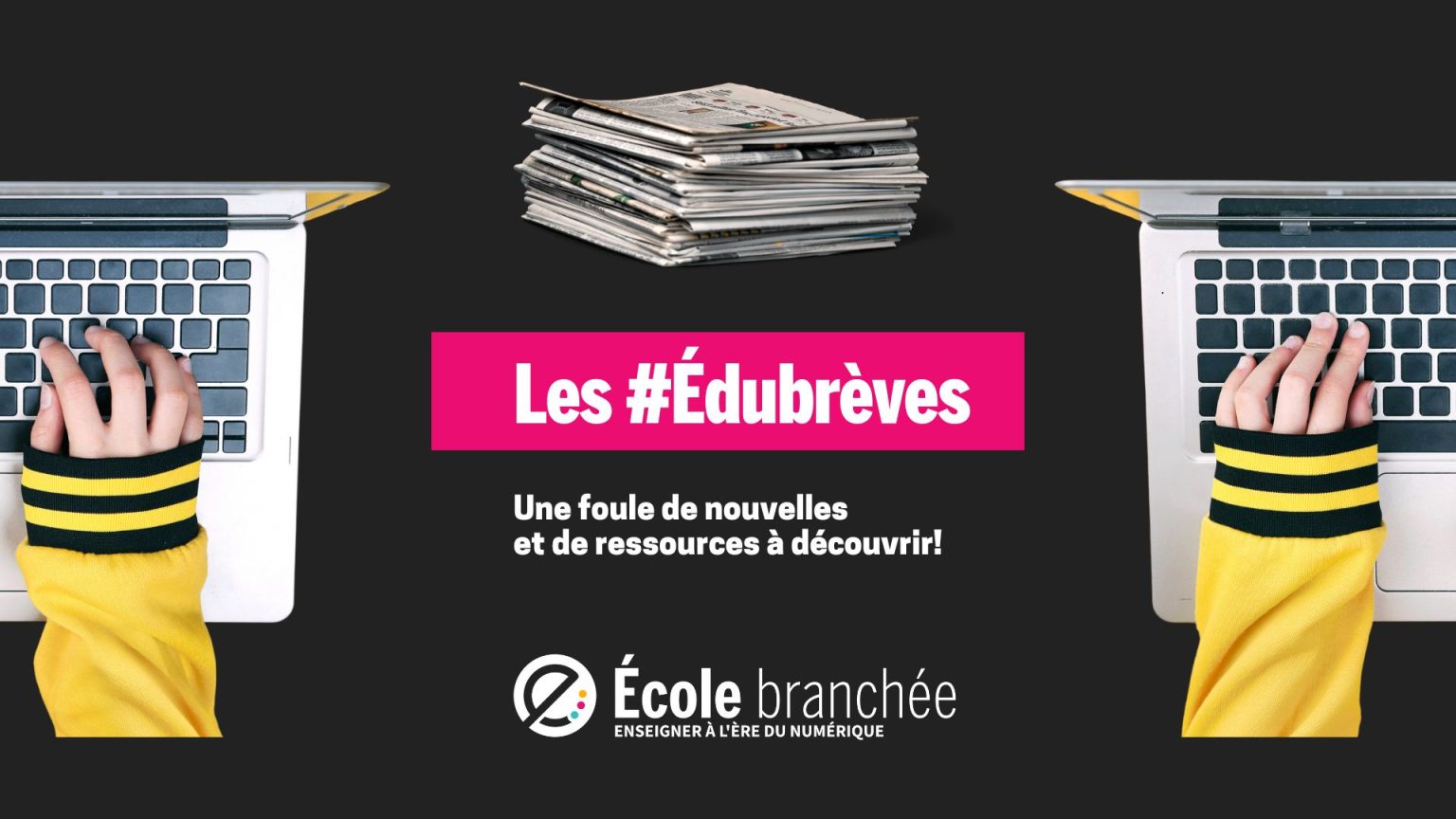Compte-rendu en deux parties de la participation de notre collaboratrice aux 21e Rencontres de l’Orme, à Marseille. Aujourd’hui : introduction et découvertes faites sur place.
J’ai eu le bonheur de participer aux Rencontres de l’Orme 2.15, qui avaient lieu à Marseille, en France, les 20 et 21 mai 2015. Je livre ici quelques impressions générales, reflets des choix que j’ai dû faire sur place. Quant aux discussions avec les éditeurs et les écoliers qui présentaient leurs travaux, elles sont dues au hasard de mes déplacements sur le site.
Ce compte-rendu en deux parties présentera d’abord ce que sont les Rencontres de l’Orme et des découvertes faites au salon des exposants et en rencontrant des élèves et des enseignants. Demain, je livrerai un bref résumé de trois tables-rondes auxquelles j’ai assisté, qui font états des préoccupations de nos cousins en ce qui a trait à l’intégration du numérique.
Que sont les Rencontres de l’Orme?
« Orme » est l’acronyme de l’Observatoire des ressources multimédias en éducation. Il s’agit d’une mission nationale du Canopé Académie d’Aix-Marseille. Canopé est un réseau national répondant aux besoins de la communauté éducative française, qui vise à renforcer l’action de cette dernière en faveur de la réussite des élèves.
L’Orme est un réseau de professionnels de l’éducation qui agissent pour favoriser l’usage du multimédia et d’Internet par le milieu de l’éducation. Orme se situe à l’intersection de l’édition et de la documentation avec l’ingénierie éducative. Orme cherche à mettre en relation concepteurs, décideurs et usagers et favoriser une industrie régionale du multimédia interactif.
L’Orme est particulièrement connu pour ses Rencontres annuelles, qui ont lieu à Marseille, dont c’était la 21e édition cette année.
Petits et grands, ensemble pour exposer leurs réussites
Les Rencontres de l’Orme attirent une grande diversité d’exposants. Tout un coin était occupé par les éditeurs de manuels scolaires, alors que produits et services numériques pour l’éducation se partageaient plus de 45 kiosques sur deux niveaux d’exposition.
Plusieurs ont attiré mon intérêt, dont NIPIB (Nouvelle imagerie pédagogique de l’invisible), qui présente des images virtuelles d’observations microscopiques, résultat d’une collaboration entre ITOP éducation, des laboratoires de l’Université de Lorraine ainsi que de nombreux enseignants volontaires. Les images impressionnantes ont été choisies en fonction des programmes scolaires du collège (école secondaire) et du lycée (niveau cégep).
L’espace du libre informait les visiteurs sur divers logiciels « open source » disponibles. Tous les grands noms étaient présents ainsi que des regroupements d’enseignants comme Viaeduc, le conseil départemental et régional, un impressionnant espace consacré à IntégraTice Handicap et, enfin, le Bocal, un studio transparent offrait en continu des entretiens avec des chercheurs, des industriels, des artistes ou des enseignants.
À plusieurs endroits sur les lieux, des élèves et des enseignants présentaient aussi leurs travaux. J’y ai rencontré des adolescents sûrs d’eux, dans leur position de digital natives qu’ils n’avaient aucune gêne à me rappeler, mais aussi des tous petits, timides, qui expliquaient doucement leurs projets. Il y avait aussi des enseignants enthousiastes, pour qui le numérique donne réellement un sens à leur pratique. En bref, des gens heureux d’afficher leurs réussites.
Cette courte immersion dans l’univers français m’a permis de constater que l’offre numérique aux enseignants du primaire et du secondaire est satisfaisante par sa diversité et, comme chez nous, plusieurs enseignants intègrent avec beaucoup de créativité ces technologies à leur enseignement.
Deuxième partie à suivre demain!






